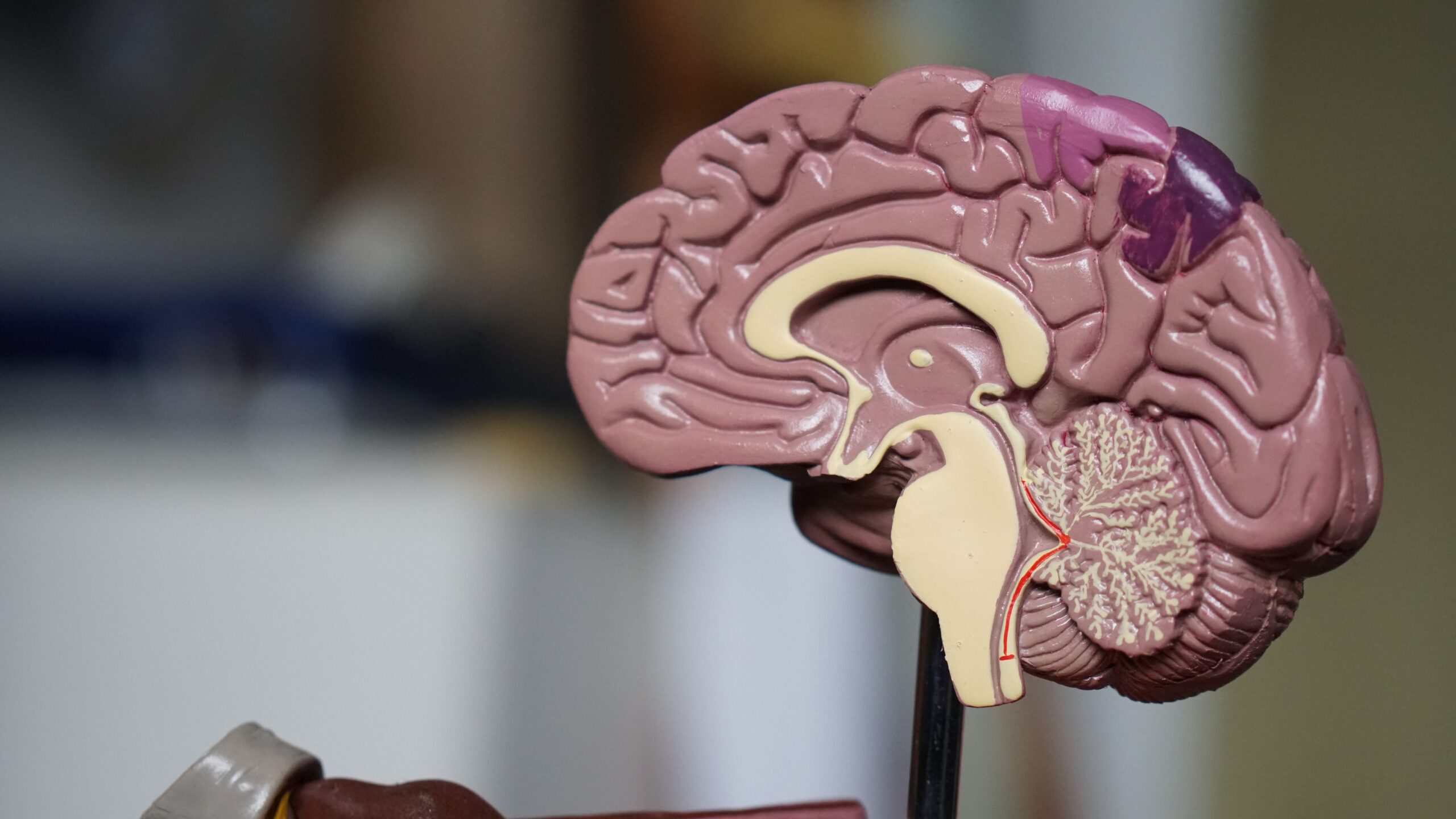
what is CBT and can it help my insomnia?
Part 1
Cognitive Behavioural Therapy (CBT) is the term applied to a group of psychological practices that focus on modifying dysfunctional beliefs, behaviours, and thoughts.
In the case of using CBT in the treatment of insomnia, the term “dysfunctional” can be defined as any action that contributes to an impairment or abnormality of sleep.
Cognitive Behavioural Therapy for insomnia (often referred to as CBT-I) works by training an individual to address the factors responsible for maintaining their issues with sleep. It’s estimated that 1 in 3 healthy adults are affected by insomnia, and CBT-I is a widely used, scientifically-proven program of treatment that can help (1).
More often than not, dysfunction with sleep arises unconsciously. You may have personally experienced it in the form of sleep anxiety or racing thoughts, the inability to “switch off,” etc, but these aren’t the only ways dysfunction can manifest.
Ultimately any thought or behaviour that worsens sleep problems can be classed as dysfunctional - and half the difficulty exists in first figuring out what those might be.
what are the benefits of Cognitive Behavioural Therapy (CBT)?
One of the core benefits of CBT-I is that instead of merely treating the symptom (consider how sleeping pills work temporarily to bring on sleep), CBT-I focuses on addressing the underlying causes of the problem, treating the symptoms where they first began.
In a clinical setting, CBT-I is carried out by a healthcare professional. Over the course of several sessions, a sleep clinician is responsible for the assessment, diagnosis, and implementation of CBT practices into the everyday life of the client. This is not to say that individuals can’t benefit from applying CBT-I techniques at home.
According to the Expert Consensus on Minimum Standards of Practice in the use of Cognitive Behavioural Therapy for Insomnia (CBT-I) 2019, an initial assessment, prior to initiating treatment, should include all of the following (2):
• Sleep history
• Screening for other sleep/medical disorders
• Medical history
• Psychiatric history
• Medication use
• Current lifestyle practices (diet, exercise, substance use, occupation, etc.)
• Outcome measures
This may seem like a lot of information to initially take into account but when you consider all the different factors (biological, environmental, and lifestyle) that can have a significant impact on sleep, it makes sense why CBT involves understanding them all.
In this way, CBT-I isn’t quite one specific thing - but many. The cognitive aspect of CBT-I covers things such as sleep education (knowledge of circadian rhythms; the various stages of sleep, etc), relaxation techniques, and psychological strategies for reframing anxious thoughts.
The behavioural aspect of CBT-I, meanwhile, is concerned with sleep hygiene (how cold, dark, or quiet is the room), the practice of physical relaxation, exercise frequency/timing, and the action involved in therapy techniques like “paradoxical intention (3).”
CBT-I is unique in that it provides individuals with the tools to self-regulate their sleeping pattern, using their natural body clock and drive to sleep in a guided way.
what are outcome measures of Cognitive Behavioural Therapy (CBT) for insomnia?
Outcome measures are used both prior to treatment, and after, in order to measure the effectiveness of the CBT.
In psychology, scales and indexes are used most commonly to establish a quantifiable measure of dysfunction. In the case of CBT-I, the Insomnia Severity Index (ISI), or the Epworth Sleepiness Scale can be used to better understand an individual’s relationship with their sleep, in turn allowing the sleep clinician to better personalise their therapeutic approach (4, 5).
Outcome measures are used before and after treatment to measure treatment effectiveness. The following are recommended as a minimum:
• Insomnia Severity Index [ISI] (Morin et al. 1993, Bastien 2011 et al.)
• Epworth Sleepiness Scale (John 1991)
A self-report sleep diary spanning a minimum of 1-2 weeks can also be extremely helpful for tracking the physical amount of sleep, and the use of any sleep medications should be known and discussed between client and clinician (6).
what techniques does Cognitive Behavioural Therapy (CBT) actually use?
For a review of some of the techniques used in Cognitive Behavioural Therapy, see part 2 of this article, “Techniques of Cognitive Behavioural Therapy (CBT) for Insomnia.”
Text References:
- Bhaskar, S., Hemavathy, D., & Prasad, S. (2016). Prevalence of chronic insomnia in adult patients and its correlation with medical comorbidities. Journal of family medicine and primary care, 5(4), 780–784.
- Hicks, J., Green, A., Anderson, K., Berger, L., Ellis, J., O'Regan, D., & Sesick, H. (2019). Expert Consensus on Minimum Standards of Practice in the use of Cognitive Behavioural Therapy for Insomnia (CBT-I) 2019 [Ebook].
- Perlis M, Aloia M, Kuhn B (2011). Behavioral Treatments for Sleep Disorders. London: Academic Press.
- Bastien CH, Vallières A, Morin CM (2001). Validation of the Insomnia Severity Index as an outcome measure for insomnia research. Sleep Medicine 2, 297-307.
- John MW (1992). Reliability and factor analysis of the Epworth Sleepiness Scale. Sleep 15, 376-381.
- Hicks, J., Green, A., Anderson, K., Berger, L., Ellis, J., O'Regan, D., & Sesick, H. (2019). Expert Consensus on Minimum Standards of Practice in the use of Cognitive Behavioural Therapy for Insomnia (CBT-I) 2019 [Ebook].

